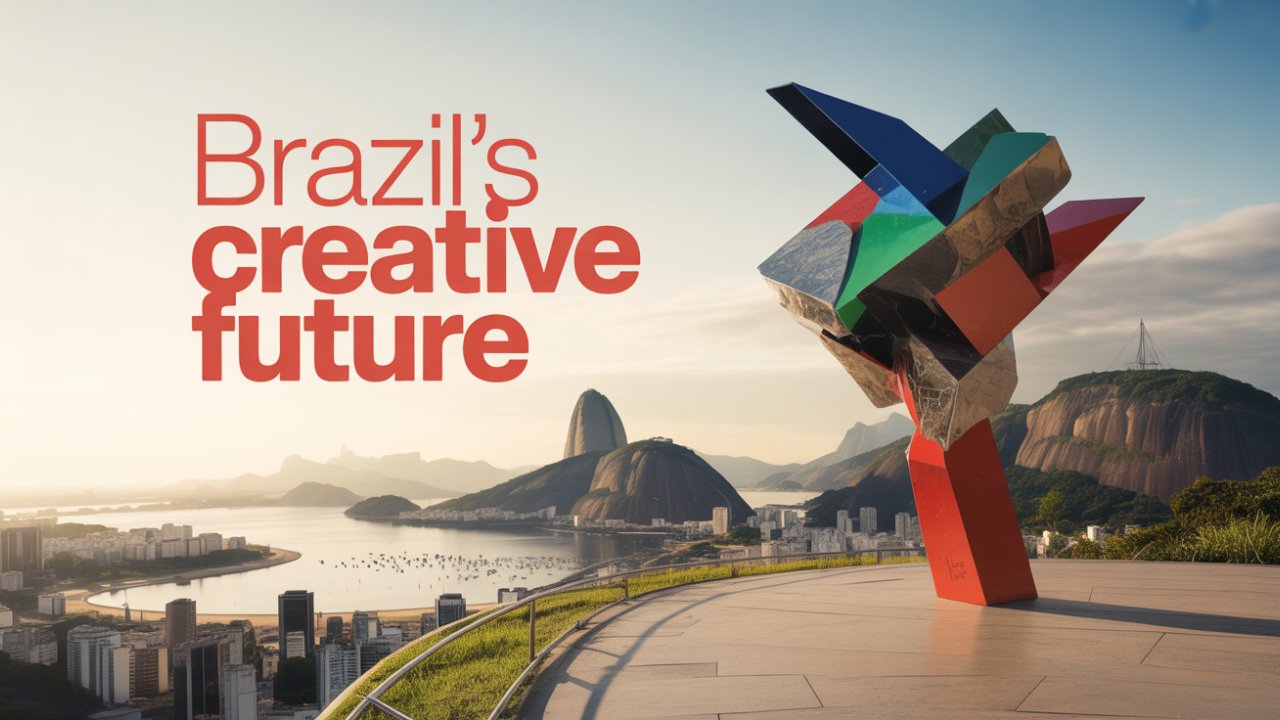Do you know that one of the fastest-growing sectors in the world is the cultural and creative sector? It not only helps in maintaining the identity, art and traditions of the people, but in today’s time it has also become an important part of the global economy.
According to a report, this sector is about 6.1% of the total economy of the world. Every year this sector generates revenue of US $2,250 billion and also provides employment to about 3 crore people. The special thing is that most of the youth – that is, people between 15 and 29 years of age – work in it. This figure shows that the cultural and creative sector is not only saving our heritage, but also providing employment and identity to the youth.
Role of UNESCO Brasilia
The Brasilia office of UNESCO (United Nations Educational, Scientific and Cultural Organization) is taking many grassroots initiatives to strengthen this sector in Brazil. Its objective is to promote the creative economy and promote cultural diversity in collaboration with the government and local communities.
UNESCO not only supports cultural projects, but also ensures that museums are made leaders of the creative economy at the local and regional level. For example, museums are being considered not only as a place for visitors, but also as a center where people can come to learn something new, artists can exhibit their work and promote cultural dialogue.
2005 Convention on the Protection and Promotion of the Diversity of Cultural Expressions
A very important document for strengthening the cultural sector is the 2005 Convention on the Protection and Promotion of the Diversity of Cultural Expressions.
The objective of this convention is:
- To promote the creation, production, distribution and availability of cultural goods and services.
- To ensure that every society and community has the full right to showcase and share its culture.
Brazil is a party to this convention, and through it UNESCO helps governments to develop policies that protect and promote indigenous arts, folk traditions, handicrafts, music, literature, cinema, etc.
UNESCO Creative Cities Network: A Network of Creative Cities
The UNESCO Creative Cities Network (UCCN) is a unique initiative that recognizes that creativity is not only a matter of art, but can also be a vehicle for social, economic and environmental development.
The network includes cities around the world that believe that arts, culture and creative work can be the basis for the development of their city.
Benefits of Joining the Network
When a city joins the UNESCO Creative Cities Network, it takes on several responsibilities, such as:
- Enhancing the generation, distribution and promotion of cultural activities, goods and services
- Establishing creativity and innovation centres
- Providing new opportunities to artists and cultural professionals
- Making efforts to connect culture, especially to marginalized people and vulnerable sections
- Fully incorporating culture into local development plans
The aim of this network is not only to exchange ideas, but also to make creativity the basis for sustainable development.
Creative Cities of Brazil – A Glimpse
You will be surprised to know that so far 14 cities of Brazil have joined the UNESCO Creative Cities Network, and all of them are maintaining their creative identity in different fields.
1. Gastronomy
- Belém (PA)
- Florianópolis (SC)
- Paraty (RJ)
- Belo Horizonte (MG)
These cities are characterized by their traditional cuisine, food made from local ingredients, and diversity of food. For example, Belém’s Amazonian cuisine is famous all over the world.
2. Design
- Brasília (DF)
- Curitiba (PR)
- Fortaleza (CE)
These cities are known for urban design, architecture and beauty of public spaces. Brasília was designed as a planned city.
3. Handicrafts and Folk Art
- João Pessoa (PB)
The folk art, traditional handicrafts and cloth weaving here are famous all over the world. Local women also get employment from this.
4. Music
- Salvador (BA)
- Recife (PE)
Salvador’s Afro-Brazilian musical tradition and Recife’s Carnaval are cultural icons of the country.
5. Cinema
- Santos (SP)
- Penedo (RJ)
These cities have a good environment for film festivals, local film industry and cinema education.
6. Literature
- Rio de Janeiro (RJ)
This city is known not only for its beaches and mountains, but also for books, poetry and writers’ conferences.
7. Media Arts
- Campina Grande (PB)
Young people are being trained here in areas like digital arts, gaming, and interactive media.
Conclusion: Creativity is the Key to the Future
The way creative fields are being promoted in Brazil has become an example for the world. With the help of UNESCO, not only big cities, but also small towns and communities are moving towards sustainable development by preserving their cultural identity.
Now the time has come that we should not see creativity only as an art but use it in important areas like employment, education, social inclusion and environmental protection.
